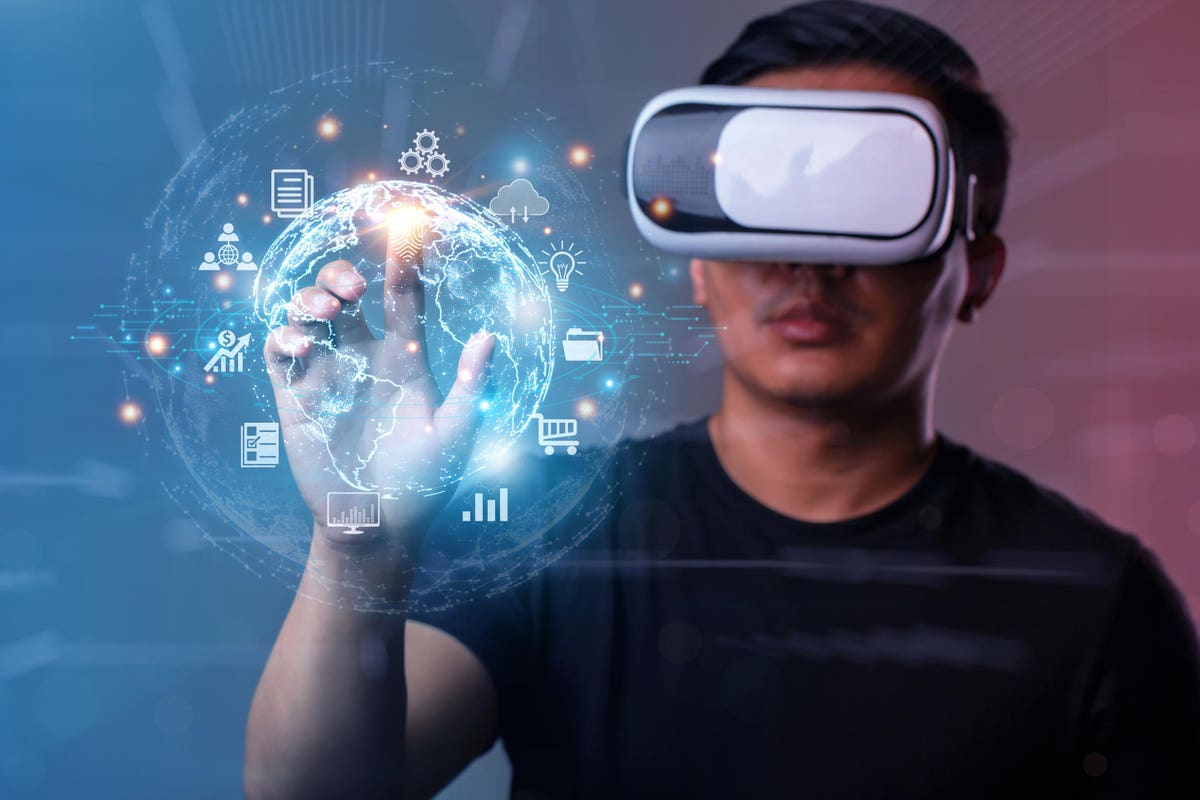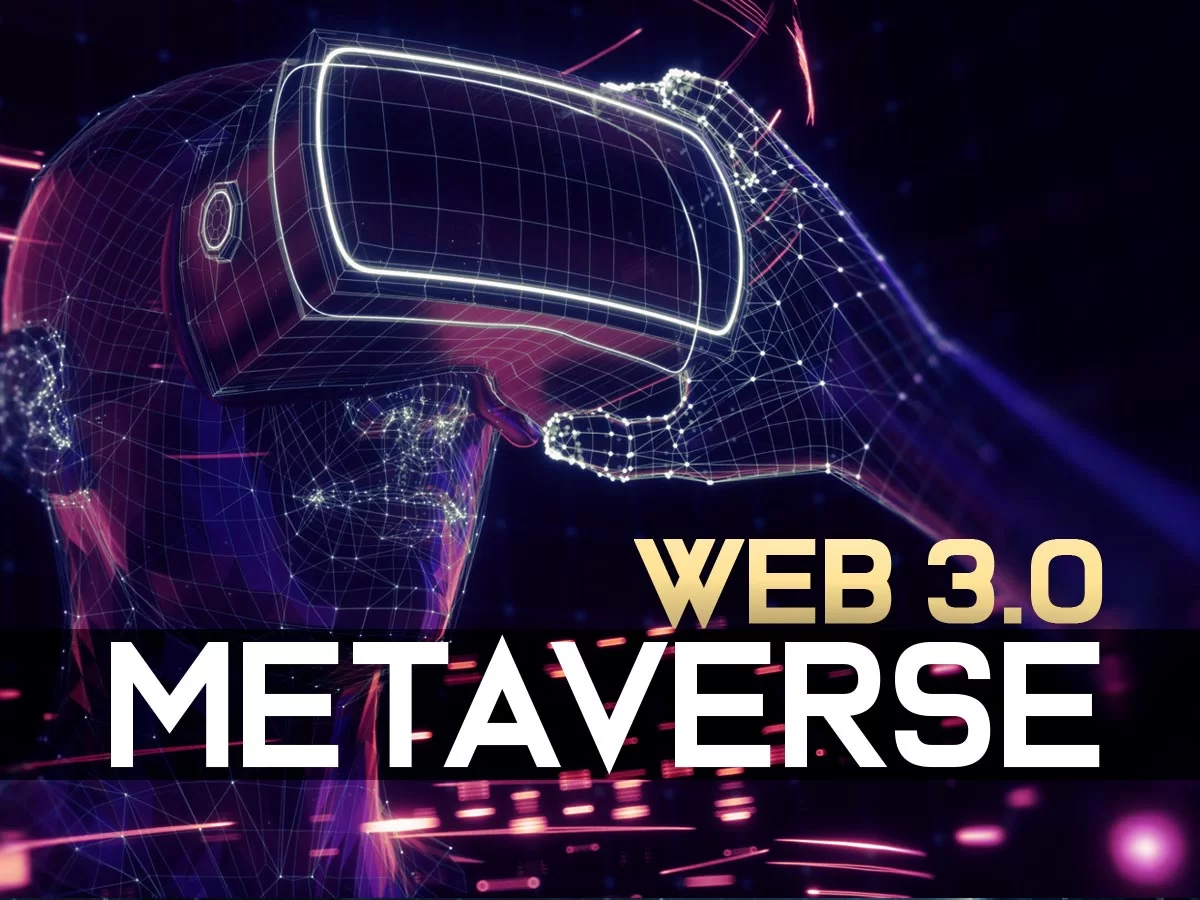At CES2023, over the past few days, the Metaverse and Web 3.0 was the topic of many conversations as attendees and vendors talked about their visions for the future of the Internet.
The metaverse and Web 3.0 are poised to significantly change how consumers and companies interact, enabling people to communicate, work, and play better. And there’s room for businesses of all sizes and from all industries.
As this emerging digital ecosystem takes shape, early adopters can deliver immersive customer experiences while optimizing business operations. However, these technologies require hefty processing power, strong IT infrastructure, and a comprehensive cybersecurity plan.
Prepare now by learning how Web 3.0 and the metaverse will likely impact businesses and their customers. Then discover how you strategically choose technologies to give your organization a competitive boost.
The Metaverse: How Does It Impact Business Technology?
The term “metaverse” is used to describe a virtual world where digital and physical elements coexist.Researchers at Gartner have dubbed it a “collective virtual shared space” and predicted that “25% of people will spend at least one hour a day in a metaverse for work, shopping, education, social media, and/or entertainment” by 2026.
As described by Accenture, the “metaverse is a continuum, a spectrum of digitally enhanced worlds, realities, and business models.” Though its meaning and scope are ever-evolving, some futurists believe that a portion of the metaverse will be persistent, a digital world that survives “even when no one is in it.”
Although the metaverse is still in its infancy, many companies, including J.P. Morgan and Walt Disney Co., have already entered the fray. Companies are rethinking their technology stacks in light of this interesting prospect, with an eye towards laying the groundwork for later support of metaverse goals.

Web 3.0: The Impact on Customers and Companies
Web 3.0 and the metaverse are related but distinct developments in the realm of information technology. The term “Web 3.0” refers to the next generation of the internet, which will feature “more functionality based on privacy, decentralisation, machine learning, and security principles,” as stated by TechTarget.
The concept relies heavily on blockchain technology and interoperability to give businesses and consumers greater say over their data, identities, and content. Web 3.0, like the metaverse, requires a persistent connection to the internet via broadband, IoT, mobile networks, and WiFi.
With the advent of Web 3.0, users can enjoy enhanced search capabilities and more lifelike interactions with websites. Better identity management and more open transactions are both positives for consumers. Web 3.0 is also useful for establishing credibility and fostering loyal consumer bases. It has the potential to reduce supply chain headaches and tighten security.
Preparing for the Metaverse and Web 3.0
We’re ready to implement Web 3.0 and the metaverse. However, the interoperability and interchangeability that these technologies necessitate is currently lacking. Although these ideas have a long way to go before they become reality, you can still prepare for them now to better serve your customers and your business. Capitalising on tendencies, concentrating on tech alliances, and updating infrastructure are all essential components of a successful plan.

Explore Strategic Opportunities
Use cases are often developed with partners by companies in the first stage of the metaverse, as stated by PwC. Vendors of third-party technology can help your company discover the most promising applications, business models, and benefits of Web 3.0 and the metaverse with the least amount of risk.
Consulting firm Boston Group (BCG) suggests always searching “for opportunities to automate or digitise operations and develop[ing] IoT use cases across verticals that support the current and future business roadmap.”
Take a look at the following and think about the possibilities:
Location-independent strategies: the metaverse and Web 3.0 enable remote and mobile work. Think about the possible effects of both virtual and physical office environments on corporate morale and productivity.
The creation of new products or services, such as digital versions of existing items, can be a lucrative avenue to pursue.
Using virtual reality and augmented reality to create immersive brand storytelling experiences can boost brand recognition and strengthen ties with consumers.

Understand Future Technologies and Trends
It is unlikely that Web3 will surpass Web 2.0 in business settings before the decade ends. However, the fundamental technologies and difficulties are already in place. Many of your clients and staff members are already utilising them and looking to you to help them evaluate and overcome obstacles.
Maintain a watchful eye on emerging tech and often assess the state of your current infrastructure. Think about how you can protect your firm against fraud, keep your customers’ data secure, and guarantee their right to privacy without damaging your brand’s image.
Power Up Your Metaverse Plans
Experiences and connections will be altered with the advent of the metaverse and Web 3.0. Strategic investments in the appropriate technologies and vendor partnerships can put your company in a position to become a market leader. When it comes to the internet, Cox Business has the tools and knowledge to take your company to the next level. Get in touch with a professional if you want to know how to expand your company’s capabilities to their fullest and modernise your operations.













Leave a Reply